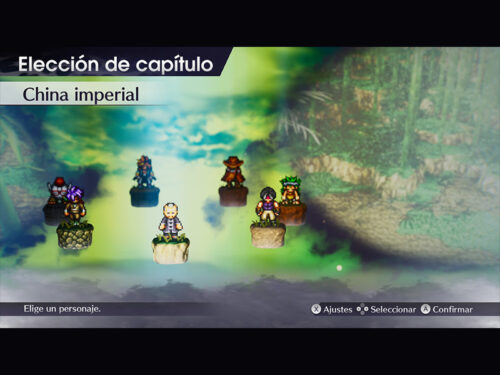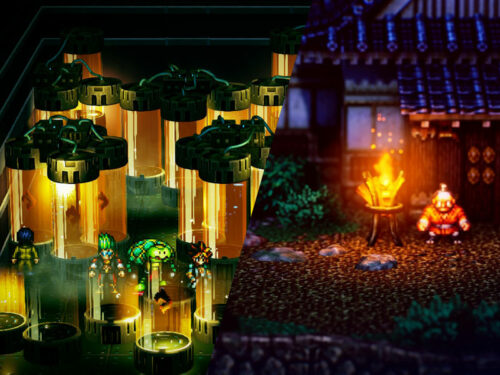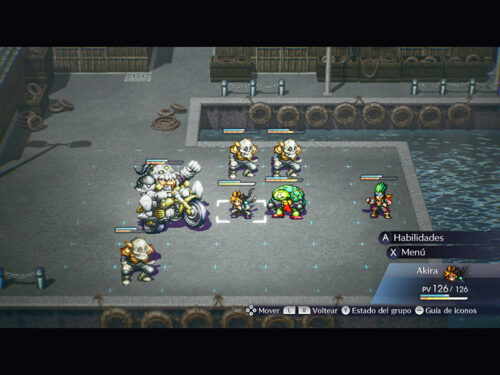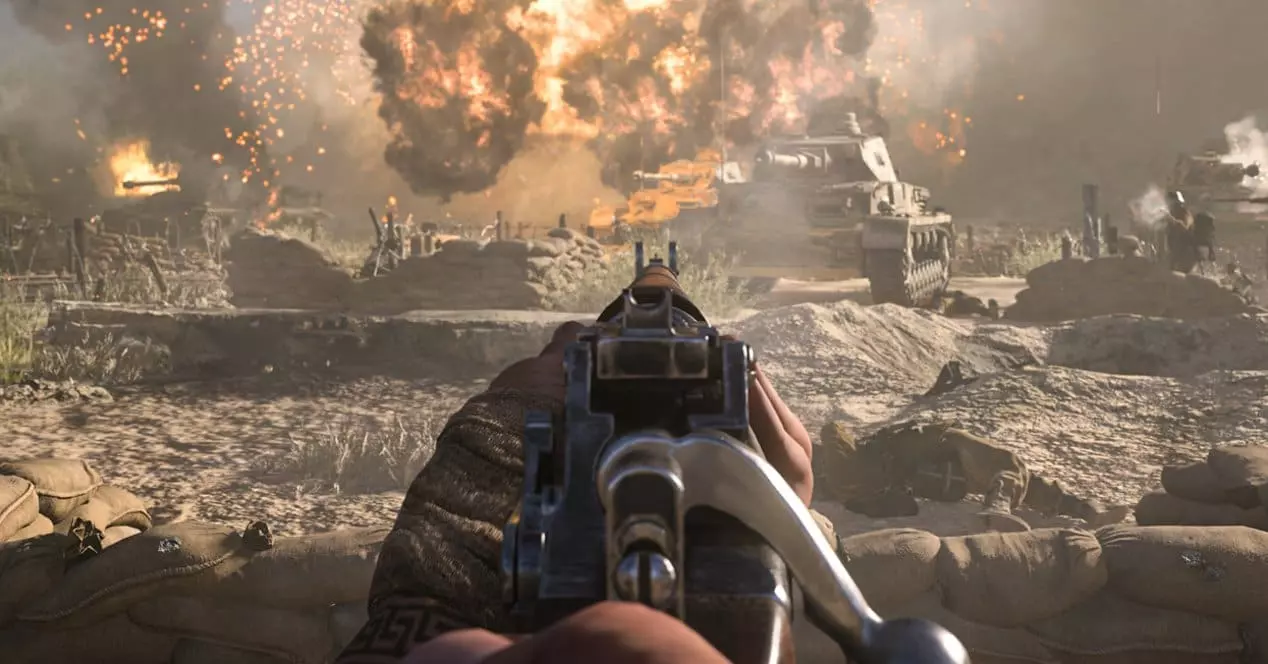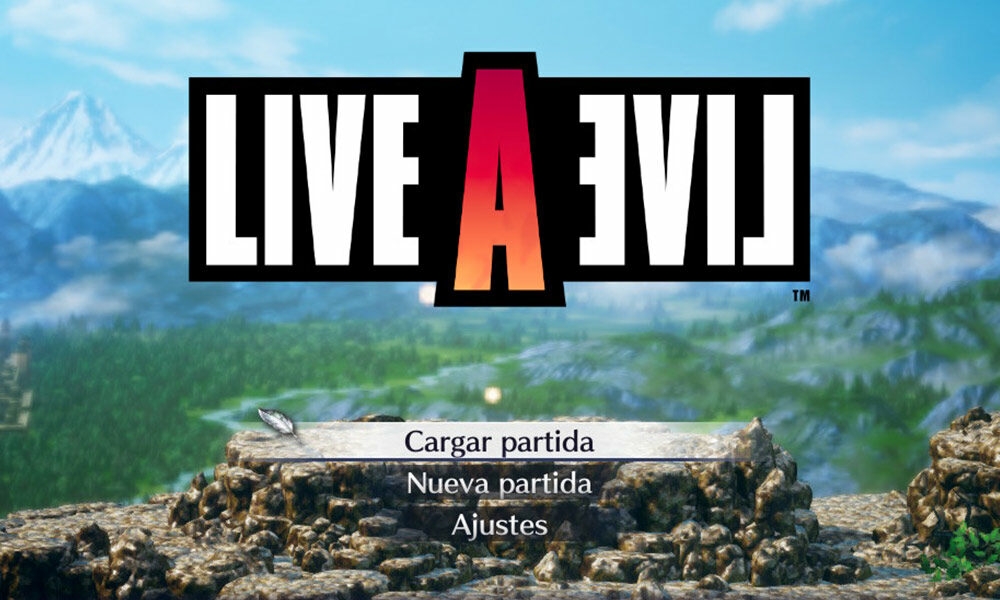
LIVE TO LIVE, for Nintendo Switch, gives us a classic that most of us didn’t even know existed. After a thorough facelift, we received on our screens a japanese role playing game who did not get to leave the borders of his native country from 1994 to now.
If you enjoy the rpg genre and Japanese culture, you have found where to invest a good number of hours. LIVE A LIVE brings with it eight plot lines for all very different audiences, not only because of its plot and characters, but also because of its extensive journey through time.
The discovery of a classic
Nintendo continues with the curious fashion of reinvent great titles that, at the time, only the Japanese public could enjoy. In this particular case, it is a console video game Super nintendo, this data already gives us a clue of what we are going to find. On its original release date, LIVE A LIVE was a hit within the RPG or role-playing genre in Japan.
The version offered by the company has tried to adapt to current market conditions. Unlike other remastered classic titles that kept their image intact (such as Super Mario 3D All-Stars, which brought back Super Mario 64, Super Mario Sunshine and Super Mario Galaxy), this time they have made the decision to update the visual aspect of the game, which is appreciated. It translates into an exceptional quality of pixel art combined with 3D, showing a fantastic final result, as they already achieved in 2019 with the relaunch of The Legend of Zelda: Link’s Awakening. All this without losing the spirit and style of the original game, using the wild card of nostalgia, so common in recent years, and thus winning over veteran and retro fans. An exquisite adaptation.
eight stories
There are many different formulas to tell or present a story, and Nintendo chose to do it in an original way back in the 90s: presenting eight stories from different historical periods and different protagonists. The most amazing thing about this structure is how fresh it remains today.
After the start screen of the game, we will have to choose which adventure we want to live according to the time we select: Prehistory, Wild West, Near Future, Far Future, Twilight of the Edo period, Imperial China or the Present itself. And here comes the greatest point in favor of this narrative structure, which we can play at our own pace. For example, we can start the chapter set in the Far Future and alternate this adventure with the Imperial China chapter or any other. This way, if we get stuck on some mission or get bored with a plot, we can jump from one to another until we stay in the one we prefer, all this being able to return at any time to the exact point where we left off in previous chapters.
These eight adventures are not excessively long (some 3 or 4 hours each chapter) and are independent of each other, this results in a light game and easy to enjoy. No plot goes too deep and all of them have different characters main and secondary, with a wide diversity of scenarios and styles, going through landscapes as opposite as the desert and the interior of a spaceship.
To get some negative aspect, being a game for all audiences, we find easy stories and quite flat characters, no big surprises plots or excessively complex missions.
We jump into combat
In one way or another, in all these stories we will have to enter into combat. Some chapters will focus more on the story and others on defeating enemies. The fights take place with one or several characters, both on our side and on the other, and at the end of them we will obtain certain experience, which will help us to level up to our protagonists.
The battle scene is represented by a grid, allies and villains will move through their sections on their respective turns, being able to choose the action to perform: fight, use an object, pass/wait or escape. Although we are in a RPGthis structure needs part of strategy as the difficulty of the enemies increases. Having different attacks on both sides, we must think about what will be the most effective tactic depending on the situationSome moves are stronger than others, have different ranges, and affect different creatures differently. Although at the beginning of each adventure we can attack in a simpler and more direct way, as the story progresses and we level up, the strength and complexity of our opponents will also increase, on more than one occasion we will have to stop to reflect on what our attack will be. next move and, if we don’t plan a strategy, we may end up running away until we find the right formula in a fight.
Again, being an adventure designed for the general public, it will not be a great challenge to finish this title. From my point of view, this translates into scenes that are too heavy, slow-paced, somewhat childish and not very elaborate. Sometimes you can meet simple missions that end up taking too long, for example, chaining multiple tasks that consist only of moving from one point to another on the map, without doing anything other than talking to the character you find there, so that they end up sending you back to another point to start a new conversation with another secondary. This becomes repetitive and tedious, affecting the rhythm of the game and boring the player. In general, the combat is the most entertaining element of this adventure.
Summing up, beyond the action
While it is true that this title is made up of eight short storiesthese few hours of play condense an absurd amount of text and cinematics, falling short when it comes to assessing its playability. The passing of the years does not forgive, not so much for the quality and development of its stories, both quite remarkable characteristics, but for its own belonging to the role gender, a concept in which he barely deepens. The game falls short.
By respecting certain elements of the original game, in some cases we find successes that masterfully play with the nostalgia of the classics, but sometimes the passage of time has played a trick. An example of this can be found in the design of the interface, which is too simple compared to the rest of the visual elements of the game.
A great point in favor could have been in the soundtrackwhich is in charge of the Japanese composer Yoko Shimomura, whose mastery we already knew from works as unforgettable as the first two titles of the Kingdom Hearts saga, however, and to the great surprise of the users, the songs chosen for this remastering pass a lot unnoticed, without standing out on any of these eight stories.
In general, the work done to bring this classic back to the present has been exceptional on multiple levels, keeping originality of which it already showed off in its first launch on the market and achieving an aesthetic of impeccable quality. It could improve, yes, but it is worth noting the ease of entertainment and its simple mechanics, which allows players of all ages to enjoy it.
LIVE A LIVE technical sheet
| Developer: | SQUARE ENIX CO., LTD. story inc |
| Distribution: | Nintendo |
| Release date: | 07-22-2022 |
| Price: | €49.99 |
| Platform: | Switch |
| Players: | Single console (1) |
| Idiom: | English, German, French, Spanish, Italian, Japanese, Chinese, Korean |
| On-line: | Nope |
LIVE A LIVE is available on the Nintendo website at an official price of 49.99 euros, on the specialized video game channel and on global platforms such as Amazon, which currently offers a 20% discount, leaving the price of the game at 39.99 euros.
ABSTRACT
LIVE A LIVE is a recommended title for all age groups, a very worthy remastering of an original and fun title, with a structure that remains innovative even today. If you are looking for a few hours of easy fun and simple mechanics, this is your game.
